The concept of velocity layering in MIDI protocol has long been a cornerstone of expressive music production. At its core, the 128-level velocity system provides a nuanced way for performers and producers to translate the physicality of playing an instrument into the digital realm. This granular control over dynamics creates a bridge between the binary world of digital audio and the infinite subtlety of human musical expression.
Velocity sensitivity in MIDI represents far more than just volume control. When a pianist strikes a key with varying force or a drummer hits a pad with different intensity, these physical gestures get translated into velocity values ranging from 1 to 127 (with 0 typically reserved for note-off messages). This system allows sampled instruments to respond dynamically, triggering different samples or applying varying degrees of timbral change based on how hard a note is played.
The implementation of 128 velocity layers has evolved significantly since MIDI's introduction in the early 1980s. Early hardware synthesizers often mapped velocity linearly to amplitude, creating a somewhat artificial dynamic response. Modern sample-based instruments frequently use velocity as a multidimensional control parameter, affecting not just volume but also filter cutoff, sample selection, and even subtle variations in attack time. This sophisticated implementation helps overcome the limitations of a seemingly small 128-step resolution.
One common misconception about MIDI velocity is that all 128 levels are equally perceptible to human hearing. In reality, our perception of dynamic changes follows a logarithmic rather than linear scale. Most trained musicians can distinguish perhaps 16-20 distinct dynamic levels in practical performance situations. The 128-step resolution provides ample headroom for smooth transitions between these perceptible levels while allowing for precise editing in digital audio workstations.
The process of velocity mapping in sample libraries has become an art form unto itself. High-end orchestral libraries may use dozens of velocity layers per note to capture the full expressive range of an instrument. For instance, a violin section patch might include separate samples for pianissimo, mezzo-forte, and fortissimo attacks, with smooth crossfading between these layers based on velocity input. This approach creates the illusion of continuous dynamic control despite the underlying discrete velocity steps.
Keyboard controllers play a crucial role in how effectively velocity layers can be accessed during performance. High-quality weighted hammer-action keyboards provide the resistance and responsiveness needed for genuine dynamic control, while cheaper synth-action keyboards often make it difficult to consistently trigger middle velocity ranges. Many professional MIDI controllers now include adjustable velocity curves, allowing players to customize how their playing force maps to the 128 available values.
In the realm of electronic music production, velocity layering takes on different creative applications. Drum programmers might use velocity to control not just the loudness of a hi-hat, but also its timbral brightness or degree of openness. Synthesizer patches often employ velocity to modulate filter cutoff or envelope attack times, creating more expressive performances. These techniques demonstrate how MIDI velocity has grown beyond its original purpose into a versatile musical control parameter.
The limitations of 128 velocity levels become most apparent when working with extremely dynamic acoustic instruments. A grand piano, for example, can produce volume variations spanning nearly 100 dB between its quietest and loudest notes. Some high-end sample libraries implement workarounds like velocity crossfading or dynamic morphing between layers to create smoother transitions than strict 128-level switching would allow. These solutions help maintain musicality despite the technical constraints.
Modern DAWs have developed sophisticated tools for working with velocity data. Features like velocity compression, randomization, and humanization help producers achieve more natural-sounding performances. The ability to draw or edit velocity curves note-by-note in piano roll editors has become essential for detailed MIDI programming. These tools effectively expand the usefulness of the 128-level system far beyond its original design parameters.
Looking toward the future, some developers have experimented with higher-resolution MIDI protocols that could offer more velocity gradations. However, the ubiquity and backward compatibility of standard MIDI's 128-level system ensures its continued relevance. Rather than replacing the existing protocol, many new instruments focus on smarter interpretation of velocity data through advanced scripting and modeling techniques.
The psychology of velocity perception plays a significant role in how we implement and work with MIDI dynamics. Studies have shown that listeners associate higher velocity values not just with increased volume, but with characteristics like brightness, aggression, or emotional intensity. This psychoacoustic phenomenon explains why well-programmed MIDI parts can feel "alive" even when using relatively few velocity layers - the brain fills in many of the expressive gaps.
In mixing scenarios, velocity data often serves as a starting point for further dynamic processing. While MIDI velocity determines the initial volume of a note, additional tools like compression and automation help shape the final dynamic contour of a performance. This layered approach to dynamics control allows producers to maintain the expressive intent captured in the velocity data while ensuring musical balance in the final mix.
The educational implications of MIDI velocity are often overlooked. For beginning musicians, working with velocity-sensitive controllers can help develop crucial dynamic control skills. Many music pedagogy applications use velocity feedback to help students understand and improve their touch sensitivity. This application of MIDI technology bridges the gap between acoustic instrument training and electronic music production.
As artificial intelligence becomes more prevalent in music production, velocity data takes on new importance. Machine learning algorithms can analyze velocity patterns in professional performances to generate more human-like MIDI parts. These systems don't just copy absolute velocity values, but learn the musical relationships between consecutive notes - how a phrase typically builds or recedes in dynamic intensity.
The 128-level velocity system, while technically limited, continues to serve as a remarkably effective compromise between resolution and practicality. Its longevity in the music technology world speaks to the thoughtful balance struck by MIDI's original designers. Rather than becoming obsolete, velocity sensitivity has grown in sophistication through creative implementations that maximize the musical potential of those 128 discrete steps.
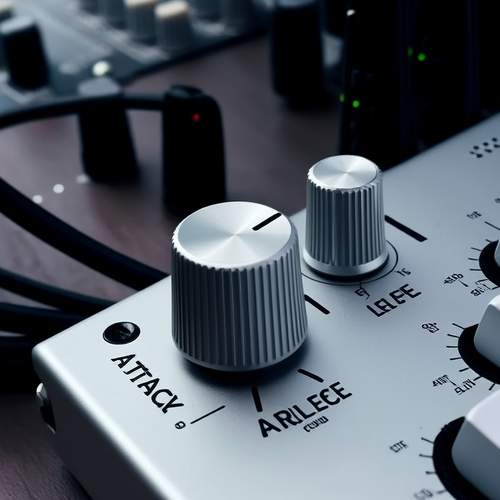
By /May 30, 2025
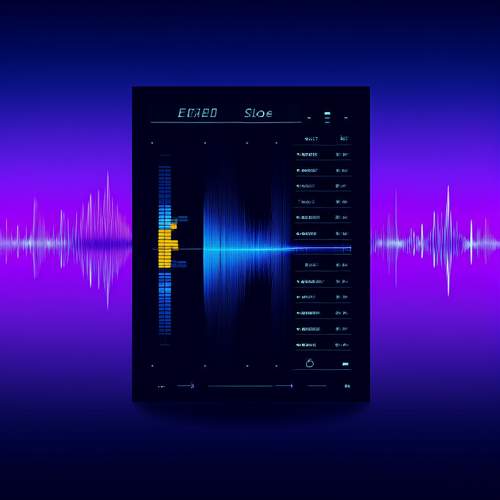
By /May 30, 2025
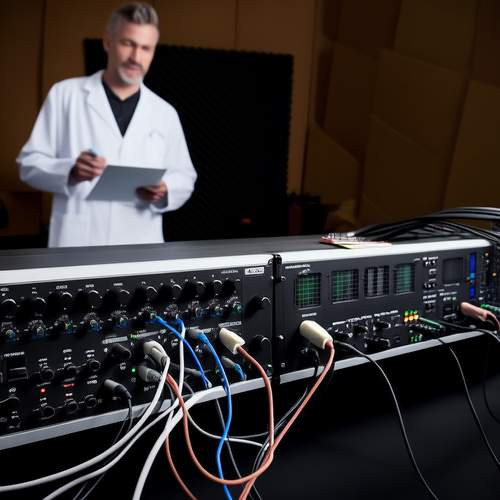
By /May 30, 2025
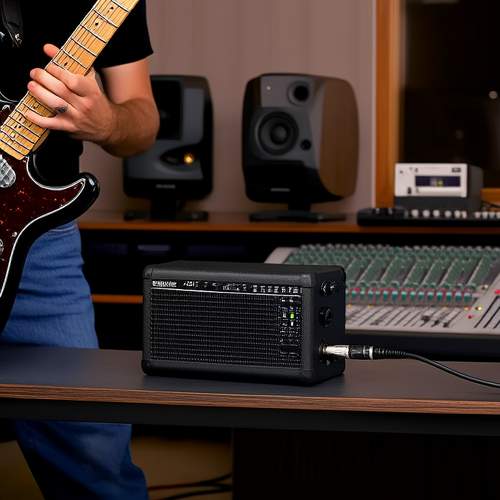
By /May 30, 2025
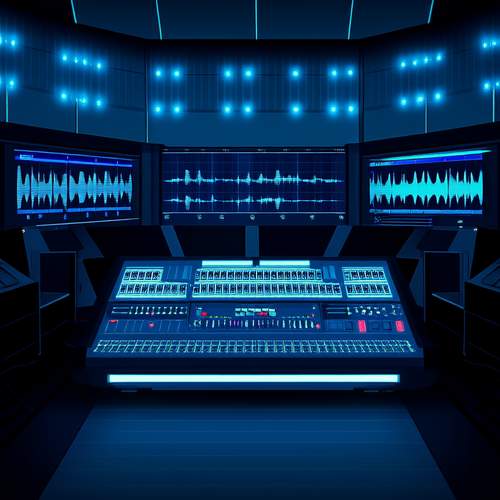
By /May 30, 2025

By /May 30, 2025
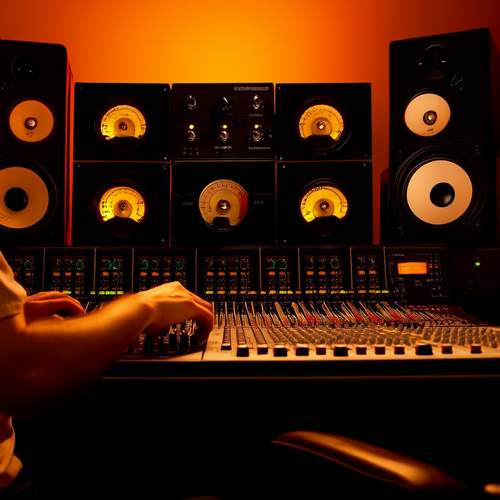
By /May 30, 2025
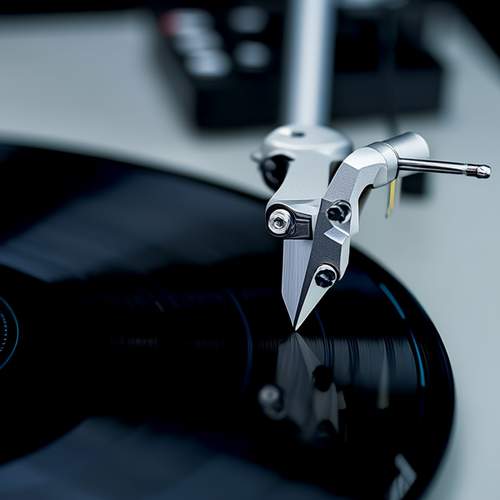
By /May 30, 2025

By /May 30, 2025
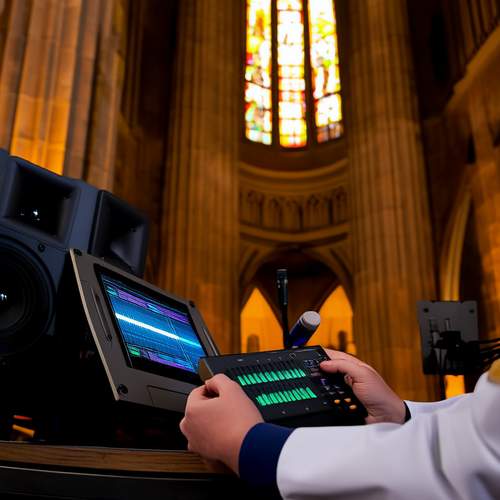
By /May 30, 2025

By /May 30, 2025

By /May 30, 2025
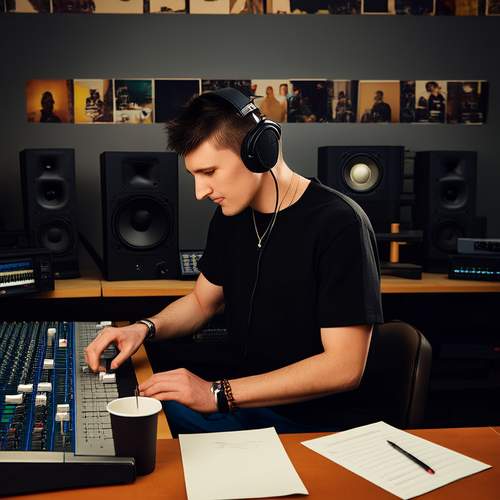
By /May 30, 2025
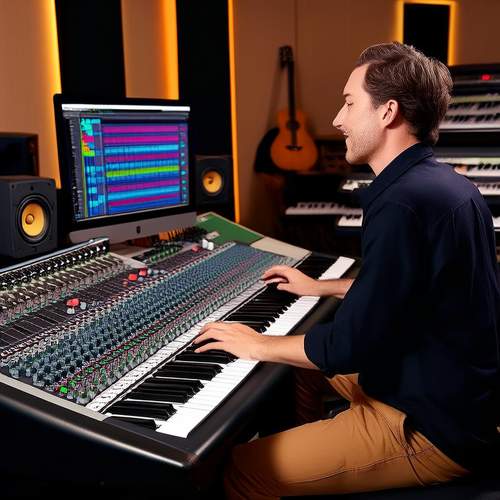
By /May 30, 2025
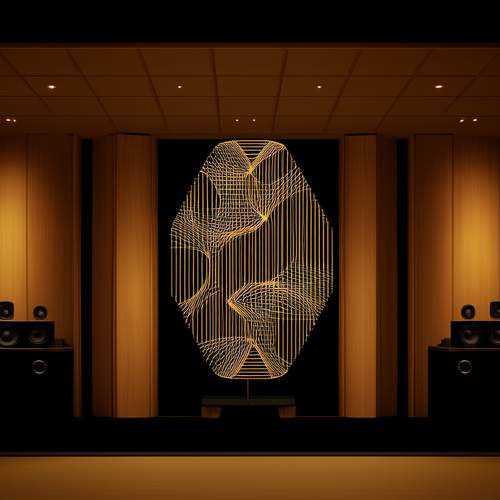
By /May 30, 2025
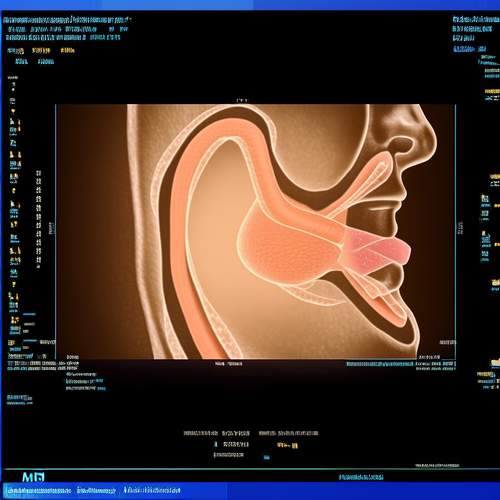
By /May 30, 2025

By /May 30, 2025

By /May 30, 2025

By /May 30, 2025

By /May 30, 2025